Prehistoric Creature Revived As A Robot

New Atlas reports that scientists have been inspired by the ancient echinoderm known as pleurocystitid, and have created a soft robot replication of the creature to figure out how it used to move across the ocean floor over 450 million years ago.
The Pleurocystitid Robot
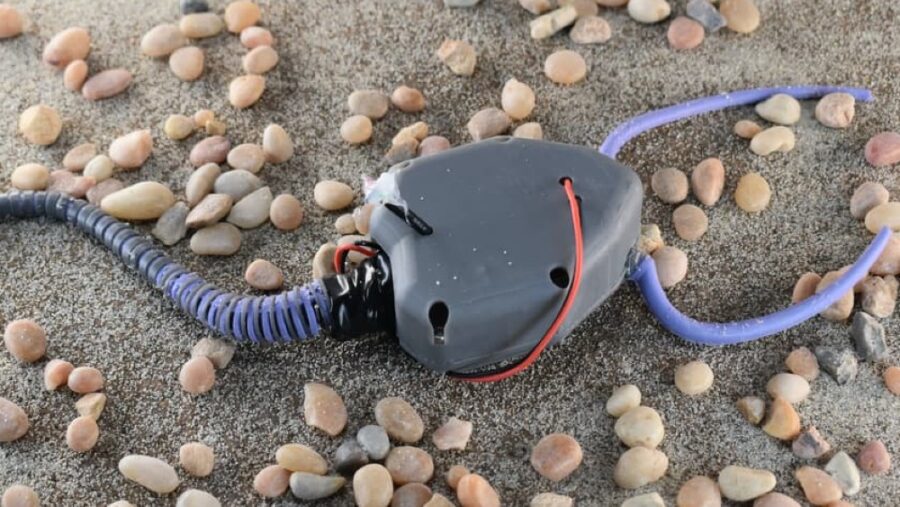
The pleurocystitid robot, which you can see above thanks to images from Carnegie Mellon University, bears a striking resemblance to a tadpole, and used its long stem in a sweeping motion to move across the the sea floor. By creating this robot, scientists hope to not only learn how the ancient echinoderm moved with such efficiency, but also to see if they can apply its unique movements to the field of robotics.
Development of the soft-bodied pleurocystitid robot came to be when Phil LeDuc and Carmel Majidi of Carnegie Mellon University’s Department of Mechanical Engineering analyzed the creature’s fossils. Their research revealed that by sweeping its tail with wide movements, the pleurocystitid was able to push itself across the sea floor with power and efficiency. It was discovered that with an increase in the length of the pleurocystitid robot’s tail, an increase in speed was also apparent.
Using Robotics To Understand Prehistoric Creatures
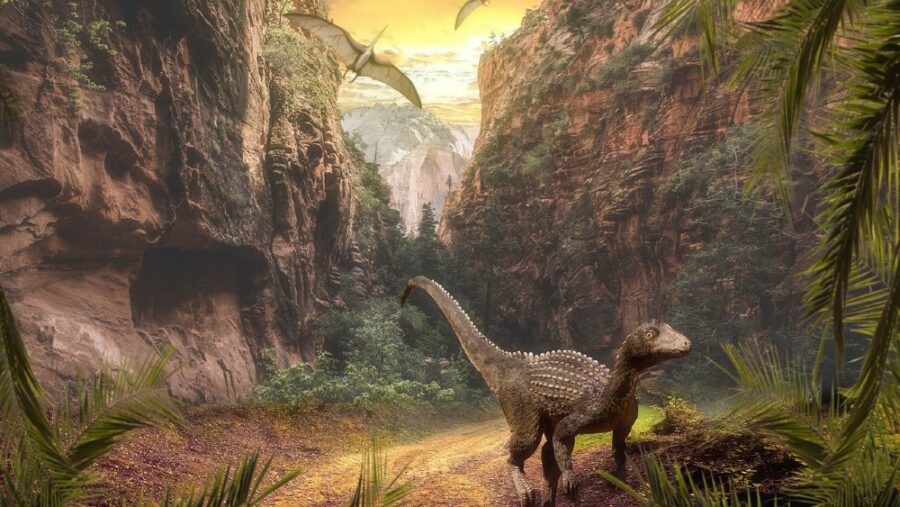
This is exciting research for a couple of reasons. On one hand, LeDuc is enthusiastic about how much his team has learned about marine organisms’ transportation methods, and how they’ve evolved over the past 450,000 years. But what’s most exciting is how modern robotics can replicate its movement in way that can be practically applied to future robot designs.
Paleobionics
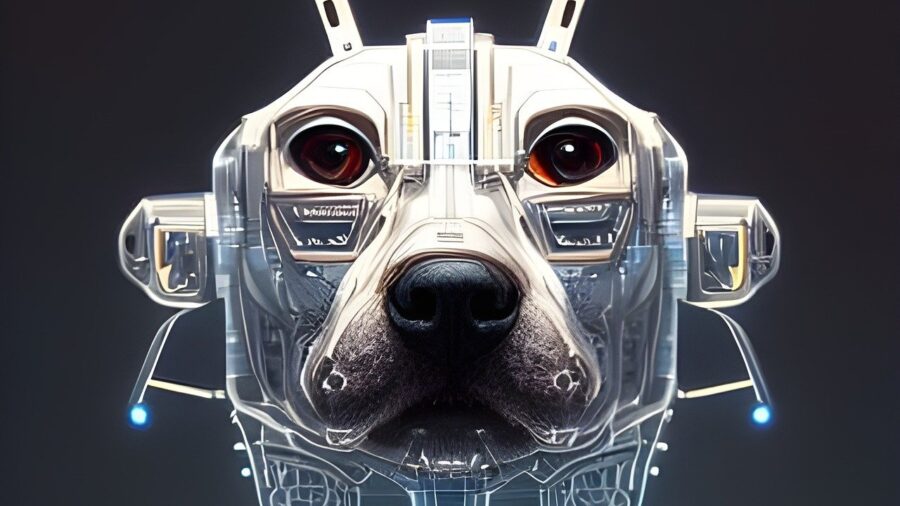
This field of robotics inspired by extinct species is known as paleobionics, and relies on mimicking the versatility and multi-functionality of natural organisms like the pleurocystitid. By understanding how animals move, and using their own fossils as a blueprint for the robot design, researchers are able to utilize their expertise in biology, medicine, paleontology, and mechanical engineering to come up with a soft-bodied robot that can prove useful in modern applications. In other words, ancient organisms are inspiring modern robotics in ways that we couldn’t have previously imagined.
Using The Robot To Study The Ocean Floor
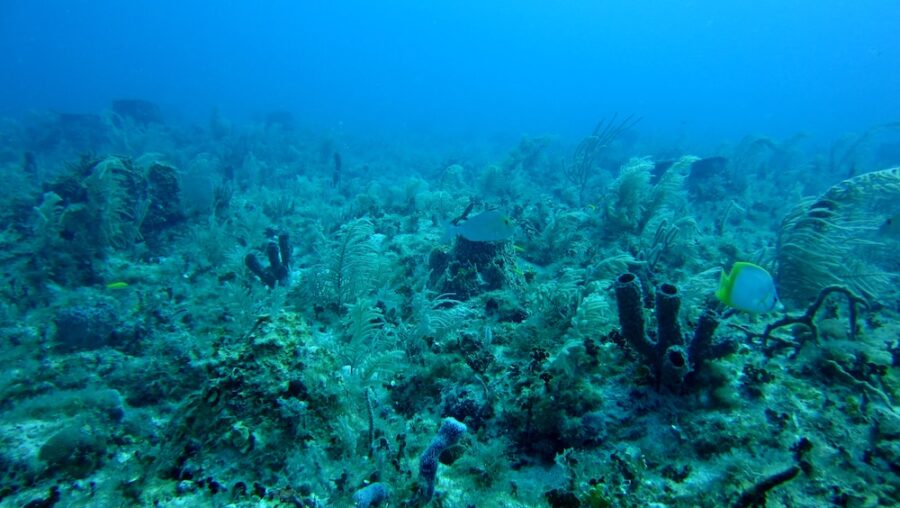
If a pleurocystitid was able to move with an intimidating amount of efficiency by simply swishing its tail back and forth, then in theory, the soft-bodied robot that’s currently being developed could utilize the same movement. When it comes to deep-sea floors and other hard-to-navigate environments, a robot modeled after the pleurocystitid makes a lot of sense. At least we can’t think of a better way to explore a particular environment other than emulating the movements of a creature that lived, and moved with ease through it.
The pleurocystitid soft-robot is just the tip of the iceberg, however. In theory, if researchers are able to use this robot to study the sea floor, there’s no knowing what can be discovered in areas that have previously been out of our reach. And with the discovery of other organisms that have unique and efficient movements that can potentially be replicated comes more technological advancements that can be developed though studying their efficient means of propulsion.
Using Tech To Push The Study Of Biology To The Next Level
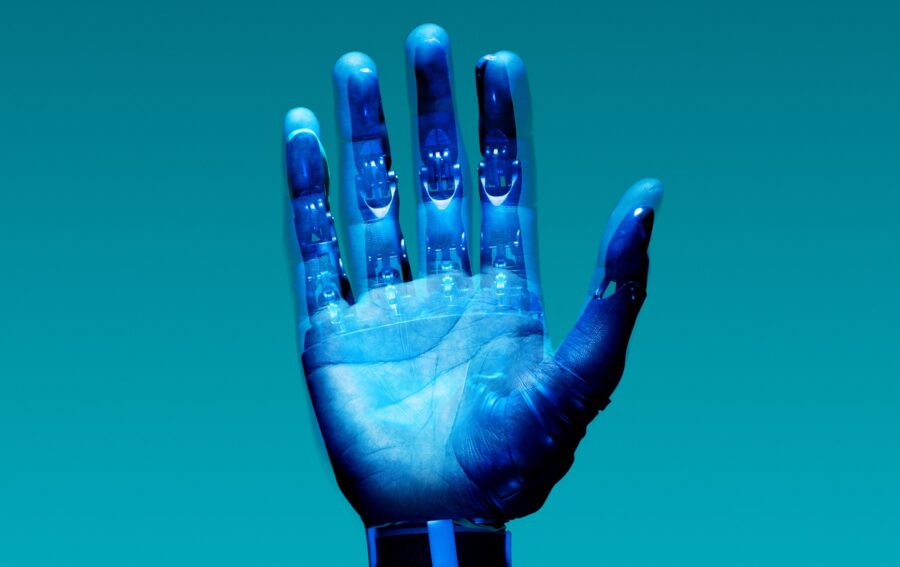
If next steps involve integrating advanced reasoning through the use of artificial intelligence like scientists have been studying with humanoid robots, then the pleurocystitid robot could be instrumental in pushing the field of soft robotics, as well as the fields of biology and paleontology to the next level with their research.












